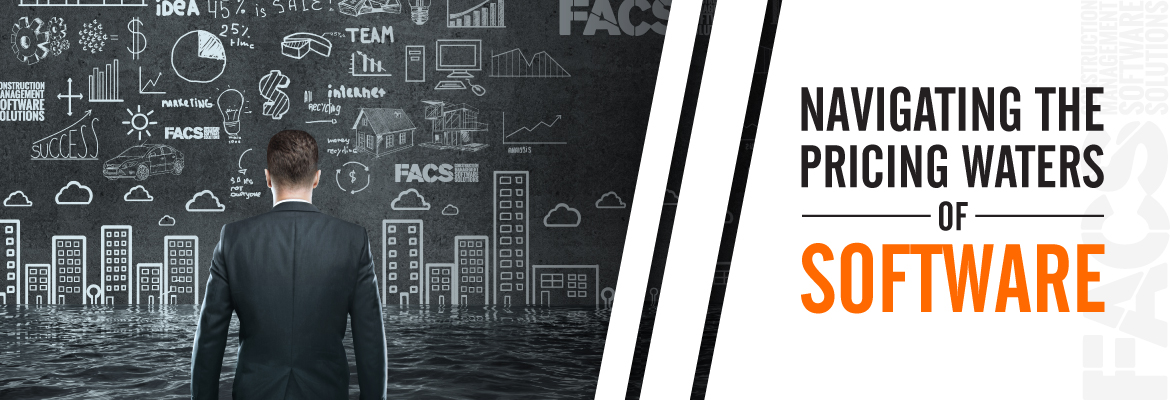Software is rarely simple to purchase and can come with a high time and financial cost. We invite you to read below about the typical pricing model you’re likely to see and the pros/cons of each model.
Perpetual License
Perpetual licenses allow you to use a piece of software indefinitely. You pay the upfront cost and then you own it. Think back to the good old days of computer software buying. Often, you went to the store and bought a disk with a key code on the box. That software was then yours to use as long as you wished.
Pros
- Only pay once and hold on to the software as long as you own the machine it was installed on.
- Don’t have to worry about learning new updates or customization unless you pay for them.
Cons
- Generally there is little or no technical support provided by the vendor.
- Requires re-purchase to secure updates.
- No ability to customize or integrate with proprietary systems.
- Requires internal team to support installation, training and support.
Subscription License (SaaS)
A subscription license is just that, a subscription. You are paying for the right to use the software anytime, anywhere, and for any period. In the subscription license method, you often see two options: paying once a year or paying once a month. While the options vary across the board, the model is fairly standard as far as how it is laid out. Pricing is often built relative to the amount of licenses you have and can be either per employee or per other variable (like project).
Pros
- Lowest total cost to implement and support of all models.
- Licenses are typically ‘all inclusive’ so there are no unknown costs.
- Software allows for customization and/or integration into existing systems.
- Set-up, training and support typically handled by vendor so no additional drain on company resources
Cons
- Some firms charge for premium support
- License costs can be built using data that does not line up with actual cost for a vendor to support the software (ex. percent of total project budget)
- License costs can be built using hidden calculations design to maximize the deal value for the vendor and not you
Open Source “License”
Open source software is the quirky one of the bunch. It is built by developers who want to offer free software to the world. It is often built for general use and is meant to be tailored to specific uses by each individual user. It opens up the source code to any user to adjust how they need it to be used.
Pros
- Open source software is free to “own” and download.
- Many open source software setups have a large community of support surrounding them.
- They allow for virtually endless customization if you have the right team on hand.
Cons
- Customizing the software requires building an internal software development team (architect, developers, testers, etc.)
- Integration, ongoing maintenance and upgrades come at a very high cost
- Requires internal team to support installation, training and support.
FACS Software License
We utilize a modified SaaS based model designed to be flexible for our clients needs. Our pricing is designed to be easy to understand and structured so that our clients are only paying for the solutions they need.
Here at FACS we offer simple pricing that comes alongside how you do business today. You get the choice, whether you’d like to pay per unit or as a lump sum. Our ‘per unit’ pricing changes depending on how many users are active in a specific period. As your projects ramp down or hibernate, so does your cost. It’s perfect for smaller organizations that run only a few job sites a year and need to manage their user levels monthly.
Another popular option is our ‘lump sum’ pricing. We create an annual access agreement built off measurable factors (like modules used and number of users) then structure an agreement to allow an unlimited number of users. This is ideal for larger deployments as it eliminates the managing of user levels and allows for a single number to be considered in the budget.
Both options include full support and allow for an unlimited number of projects.
Click here to learn how FACS can provide high value at a lower cost than you might realize.

